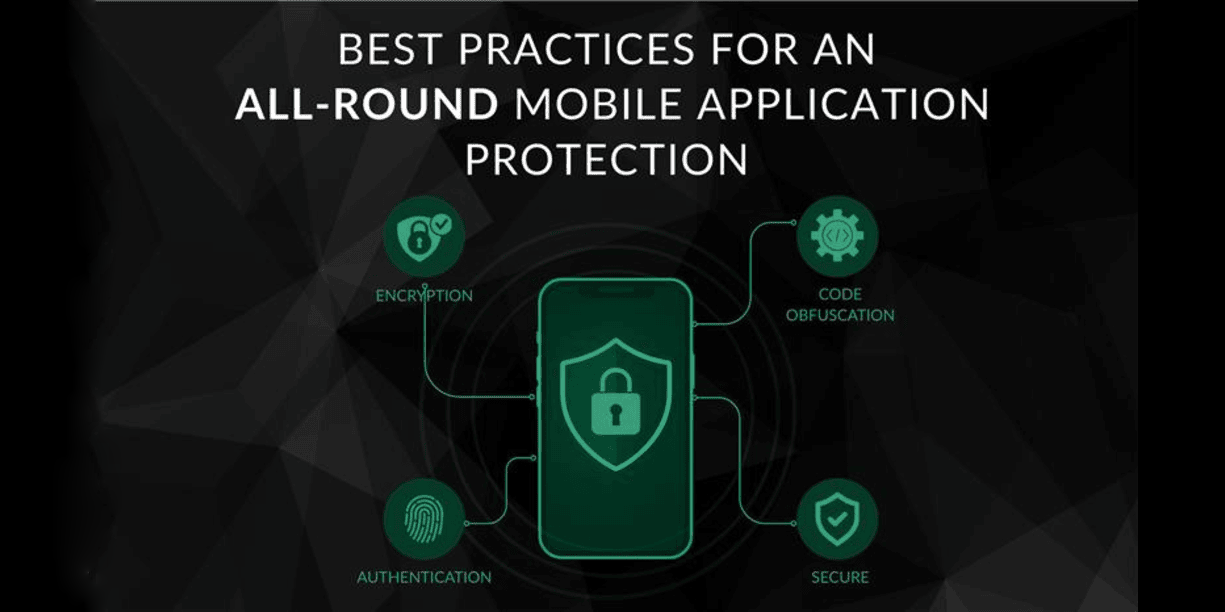Why Super Apps Need Robust Mobile App Security
Super apps have taken over Asia and Latin America, and now the movement is spreading globally from the US and Europe to Australia. Global giants like PayPal, Meta, and Uber are all competing to be the default super app, one mobile platform where users can chat, shop, book, pay, and more.
By integrating services such as social media, e-commerce, transportation, finance, food delivery, bill payments, and insurance into a single ecosystem, super apps provide unparalleled convenience. With the convenience, though, comes complexity and a larger target for cyberattacks.
With the embedding of third-party SDKs or mini apps, the security challenge is heightened. Multiple services, huge financial transaction amounts, and constant API communications present a large attack surface that must be protected at every stage of the app’s lifecycle.
The Security Challenges with Embedded SDKs in Super Apps
Expanded Attack Surface
Each mini app or SDK represents additional code and APIs that may communicate with the host app or external systems, making them prime attack vectors.
Brand and Revenue Reputation at Stake
A security breach in a single embedded component can damage overall trust and undermine the brand equity of the super app
Financial Risk Amplified
With financial services and transactions embedded across multiple mini apps, attackers have more opportunities to reverse engineer or tamper with payment flows, risking fraud, data theft, and revenue loss.
APP Shielding: A Fundamental Defence
Because mini-apps and SDKs usually interact via APIs, securing these interfaces is critical. If APIs are not shielded, attackers may:
- Intercept or spoof API calls.
- Steal API keys and credentials.
- Insert malicious activities into transactions.
API shielding integrates encryption, obfuscation, and runtime protection to protect sensitive information and communications even after the release of the app.
Leveraging API Shielding to Secure Embedded SDKs
Given these challenges, super app security requires layered defences, especially around APIs and third-party code.
API Shielding & Obfuscation
To make reverse engineering significantly more challenging, obfuscate passwords and conceal API endpoints. To find typical vulnerabilities like injection flaws, authentication bypass, or insufficient encryption, an API security scan is required.
Runtime Application Self-Protection (RASP)
To actively prevent tampering, including runtime integrity assessments such as root/emulator detection, SSL pinning, screenshot protection, and environment checks (unknown sources, USB debugging).
Encryption & Binary Shielding
Quixxi Shield uses military grade cryptography and unique multi layered encryption. To safeguard intellectual property and make reverse engineering more difficult, it obfuscates strings, methods, and fields and shifts sensitive logic to native layers.
Continuous Monitoring with Supervise
With the use of Quixxi Supervise’s live threat dashboard, users may detect threats in real time and receive notifications of unusual activity (such as rooted or jailbroken devices), malware, or hacking attempts. It allows for quick mitigation before problems get worse.
Securing Super Apps with Quixxi
Quixxi’s end-to-end mobile app security platform protects super apps and their mini apps at every stage:
Scan – Secure at Development
- Early vulnerability identification in code
- Compliance and secure coding practices
By scanning early, super app developers can detect and fix weaknesses before attackers find them.
Shield – Secure at Deployment
- App hardening and code obfuscation
- Runtime protection from reverse engineering ,debugging and tampering attacks
- Protection even after app is published on app stores
Quixxi shield ensures that published apps remain protected against evolving threats.
Supervise – Monitor in Production
- Real time threat detection
- App usage and threat analytics
- Remote control features like app disablement and custom alerts
Supervise keeps your super app under continuous watch, closing the loop on security from development through to live operation.






